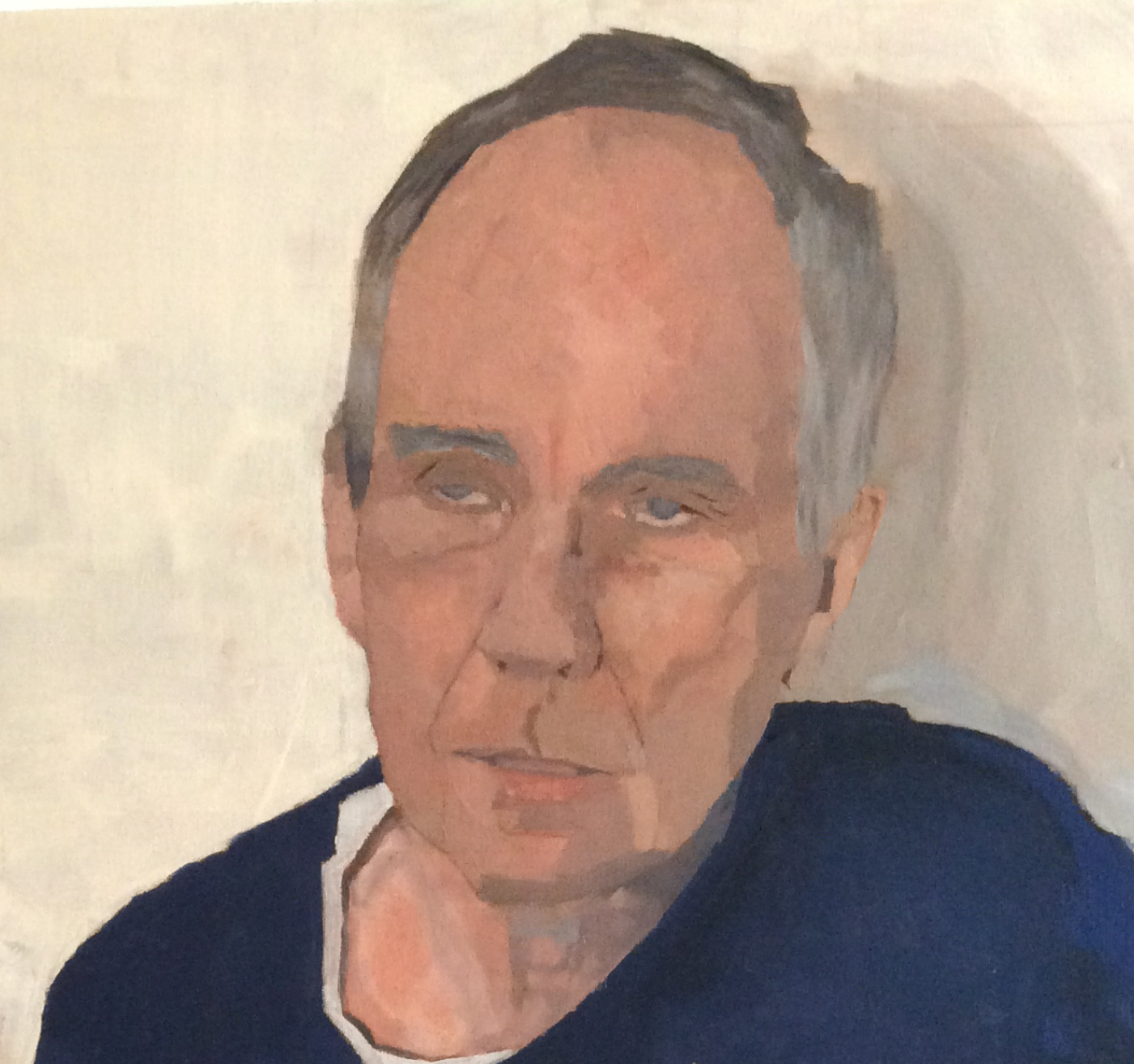Treating the symptoms

It has been nearly five years since the notorious “Tubbs Fire.” The most destructive wildfire in the state’s history devastated the homes and lives of people living in Santa Rosa, California. Twenty two people died that day. Few who lived there were untouched by the disaster, and my sister Susan was no exception. She, her husband and her two cats escaped ten minutes before the conflagration arrived in the middle of the night. Their home was destroyed, along with everything they owned in the world.
Since then Susan and Al have relocated to Washington state and rebuilt their lives. But the terrible emotional scars are still there. How could it be otherwise? The pain diminishes but the shock remains..
The Santa Rosa fire was a future of the world’s fate due to climate change writ small. The horrors faced by the people of the town were harbingers for the rest of us. And yet insufficient progress has been made since then.
To be sure, some positive progress has been made, particularly in the United States since the anti-science, failed Trump administration was summarily jettisoned from office and kicked into the gutter with the other trash. Even so, the people who represent governments today across the world are generally more interested in their own careers than they are in climate science, and even the best among them are taking steps that remain inadequate, sometimes woefully so.
Climate change remains a second or third priority in the best of nations when it should be first. And the problems are beginning to snowball. The nations of Africa, for example, have lost 15% of their GDP due to climate change, which means there is less money with which to fight it which means the problems will begin to accelerate.
Africa’s problems will not continue in isolation, but will ripple across the globe, just as isolated regional problems everywhere will continue to grow larger until they engulf the world. There is no longer such a thing as global warming “over there.” It will soon be at all our doorsteps, in much the same awful and dramatic way it arrived unannounced at the doorstep of my sister and her husband.
The problem comes from something called maladaptation, which is a consequence of insufficient effort up front leading to inadequate resources at the back end. We are faced with immediate problems, like fires, storms and floods and displaced peoples, and too often the short term solutions don’t address the long term problems.
The world risks falling into a climate “Doom Loop,” a new report from the London based Institute for Public Policy Research has said. “We’ve entered, sadly, a new chapter in the climate and ecological crisis,” said Laurie Laybourn, an associate fellow at IPPR.
“The phoney war is coming to an end and the real consequences now present us with difficult decisions,” Laybourn continued. “We absolutely can drive towards a more sustainable, more equitable world. But our ability to navigate through the shocks while staying focused on steering out the storm is key.”
Too many people wonder when “they” are going to fix it. But we are they. We are the species that can solve this problem. There is no one else. It’s either us or no one.
“The people in power don’t need conferences, treaties or agreements to start taking real climate action,” Greta Thunberg said, “They can start today. When enough people come together then change will come and we can achieve almost anything. So instead of looking for hope — start creating it.” And, as ever, ladies and gentlemen, brothers and sisters, comrades and friends, stay safe.

Robert Harrington is an American expat living in Britain. He is a portrait painter.
